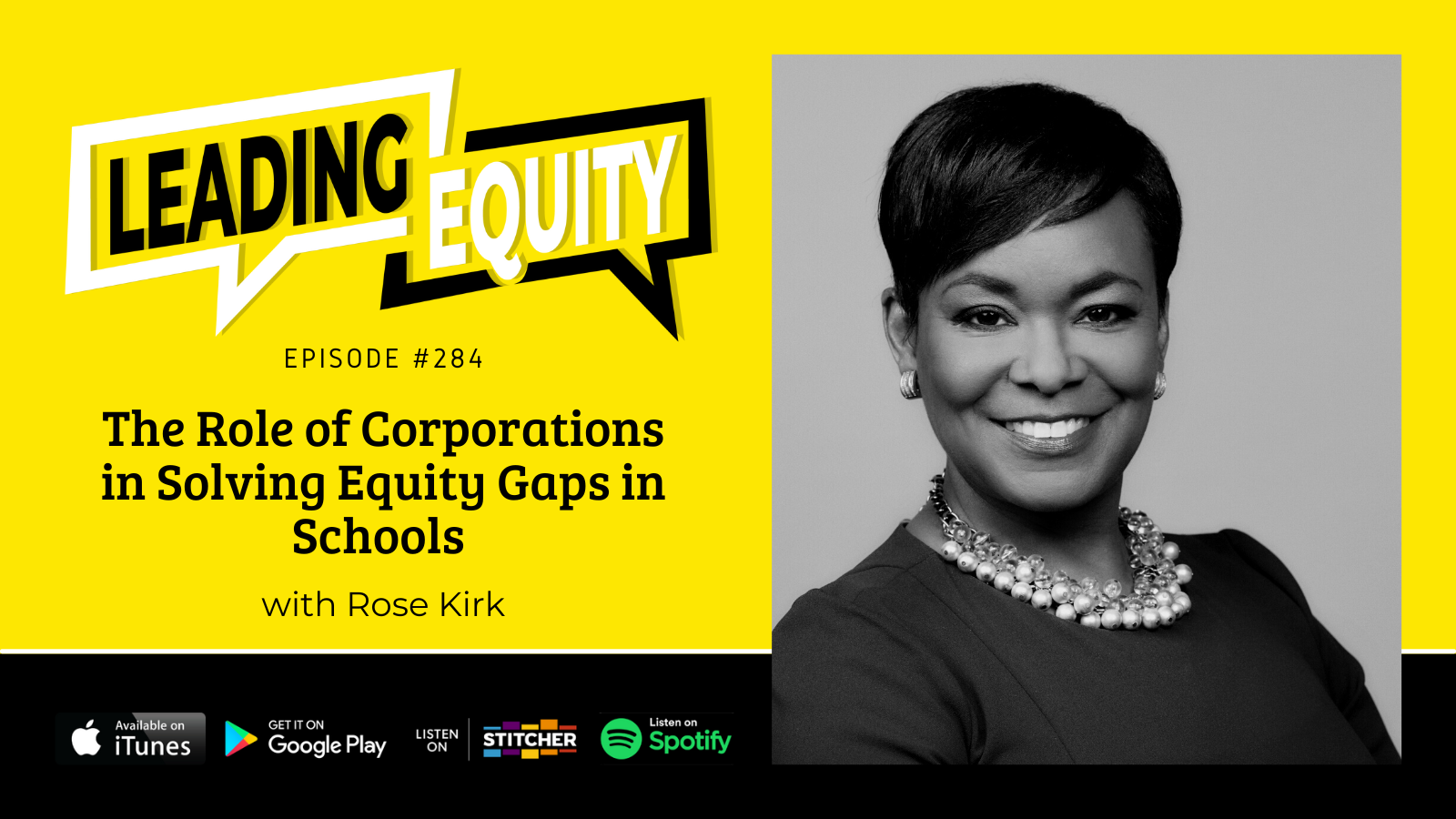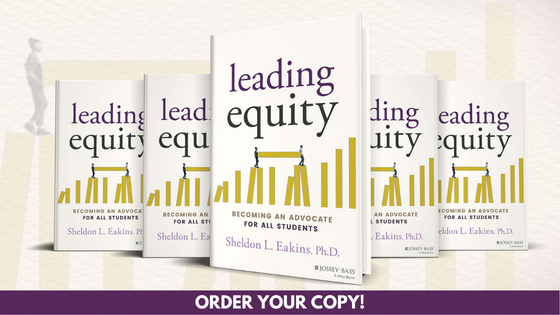Affinity spaces are spaces where you don't have to explain so many parts of yourself; people "get it"; they understand.

|
Hey Advocates, I want to give a huge shoutout and thank you to Dr. Aisha Hollands with the Portland Public Schools District in Oregon for purchasing 600 of the Leading Equity: Becoming an Advocate for All Students book. I'm humbled and thankful for the support. If you need a bulk order of books or want a signed copy for yourself, I'm here to help. Your support is what keeps the podcast and the Leading Equity Center going. Talk about a busy week! Darlene ran a session with Burlington High School Students for the Advocacy Room, I facilitated a book study session with the Ottawa Area School District, and wrapped up my Equity Audit report with the Lansing School District. Here's some feedback that I received via email: Dr. Eakins (Sheldon), Thank you for the OUTSTANDING guidance, facilitation, leadership, and providing a comfortable and safe space for our Diversity Equity and Inclusion committee. Equally appreciated was your professionalism, communication throughout the process, and engagement with our students and staff. I am looking forward to the rest of your report and very grateful for all you have done for us. Respectfully, Dr. Dave A. Kostopoulos Executive Director of Curriculum and Assessment Let's chat if you need an equity audit for your school/district! I'm also available for instructional coaching, keynotes, training, and online courses. Check out all of the Leading Equity Center's services. Earlier this week, I had the pleasure of meeting with some of the Amplifying Student Voices program participants for one-on-one time with Darlene Reyes to discuss strategies for working with student groups. Something that came up was the pushback for affinity spaces. The pushback isn't new. Coincidentally, Joshua Nelson, a Fox News Digital Reporter, reported on how Centennial Elementary School (located in Olympia, Washington) dealt with the rhetoric around the exclusion of white students. The school created a Black, Indigenous, and People of Color (BIPOC) club for their fifth graders and is in the initial stages of establishing one for their fourth graders. Shannon Ritter, the school principal, stated in an email, "…the space allows them [BIPOC-identifying students] to hang out, check in and possibly talk about their experiences as students in the minority as they build community, connections, and confidence. It is primarily a safe space for them." Somehow creating a safe space for BIPOC students now means excluding white students per Nelson's word choice: "Washington elementary school excludes White students from 'safe space' club, mentor program, email shows ." However, are White students indeed being excluded if the education system, which is a mirror of mainstream society, intentionally benefits White students? Therefore, educational spaces are arguably spaces created for White students already. American history in the textbooks tells the story of White history, blatantly ignoring that Black history is also American history. Saying that these intentional BIPOC spaces prioritize the voices of students from historically marginalized communities, excluding White peers, speaks to the ordinariness of Whiteness. That makes affinity spaces essential because they create space that "allows for more honest and open conversations about differences and identity and how it impacts one's experiences in school," as Susan Gifford, Olympia School District Executive Director of Communications and Community Relations, said. Additionally, as Gifford states, these affinity spaces "serve[s] students by providing opportunities for peer interaction and space for social, emotional, and academic support." They are spaces where people see you wholeheartedly; they can also be places of rest or places of action. It depends on what your students need from you. They aren't places where BIPOC students are scheming or acting up. Nor does it perpetuate gang culture. They are not exclusionary. They are purposeful in uplifting the voices that are silenced. They are places that affirm that you are not alone and that you have a community behind you. That is the beauty of affinity spaces, whether based on race, ethnicity, sexual orientation, etc., they affirm the parts of you that are constantly devalued in interpersonal, systemic, and structural ways. If your school does not have affinity spaces, why do you think that is? Is it due to the fear of the backlash? Why neglect students of a space they can truly call theirs because some students and their parents are causing an uproar? When our students of historically marginalized backgrounds are seen, then all of our students will wholeheartedly be seen and valued. "Ok, ok, breath Sheldon," I'll step off my soapbox now. That's all for now. I'm headed to Albany, OR, to wrap up my Equity Audit with the Linn County Juvenile Justice Department. Then I'm off to Farmingdale State College in NY to keynote and workshop at their annual conference. Content created this week: Show Highlights
- Sheldon
|




